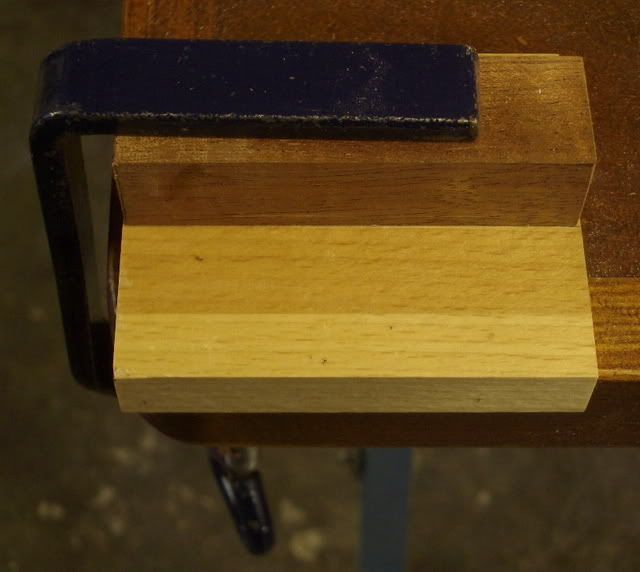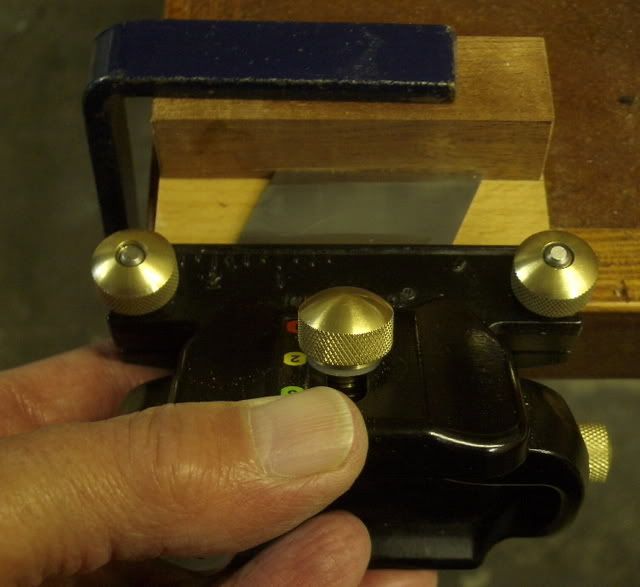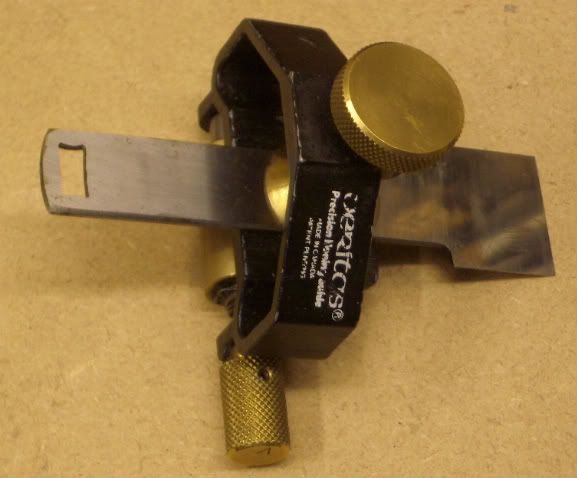Saint Simon
Established Member
I have been happily honing away with my Veritas Guide mk11 without too much worry about squareness of the sharpened blade until I recently bought a large shoulder plane. With this, despite repeatedly checking the setting of the blade against the guide, I am repeatedly sharpening in enough out-of-squareness to make setting it correctly in the plane almost impossible. Does anyone have any experience of this and any advice to resolve this problem?







